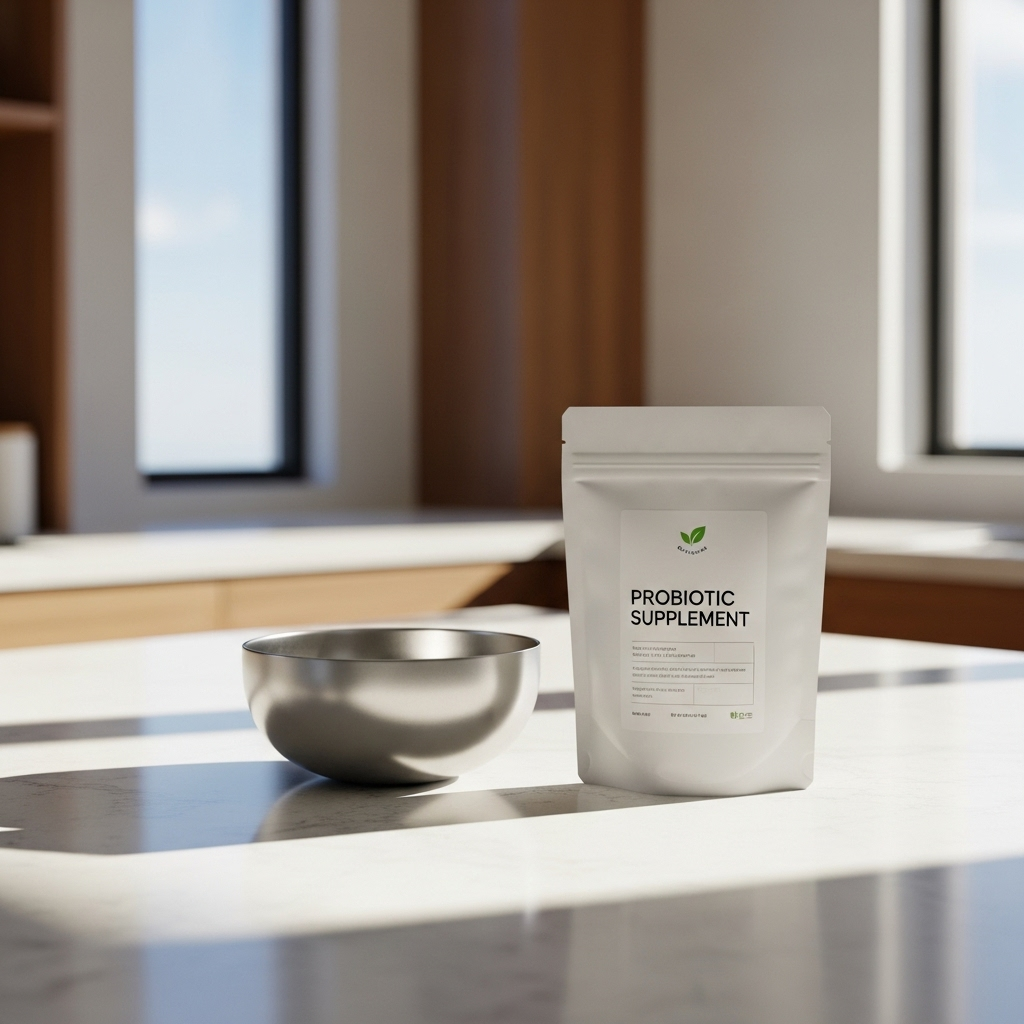Open Farm Probiotic Supplement: Ingredient-First Review

If you’re searching for an “open farm probiotic supplement for dogs review,” this ingredient-first breakdown will help you decide if Open Farm’s probiotic product fits your dog’s needs. Below I analyze what to look for on the label, how the supplement is likely to perform for common digestive or immune-support goals, safety considerations, dosing guidance, and overall value — all with a focus on ingredients and transparency.
What does “ingredient-first” mean?
An ingredient-first review prioritizes the product’s actual formulation — strains, colony-forming units (CFUs), prebiotic components, fillers, preservatives, and any inactive ingredients — over marketing claims. For probiotics, the label details (specific strains, guaranteed CFU at expiration, and whether prebiotics are included) are the most useful clues to likely effectiveness and safety.
At-a-glance: What to expect from Open Farm’s probiotic supplement
Open Farm is known for emphasizing ingredient sourcing and label transparency in its foods and supplements. Their probiotic supplement for dogs typically presents as a multi-strain formula with added prebiotic fiber, provided in a powder or chewable format appropriate for mixing with food or giving directly. Exact strain lists, CFU counts, and serving sizes can vary by product version — always check the product label for up-to-date details.
Common ingredients to look for (and why they matter)
- Specific probiotic strains: Look for named strains (for example, Lactobacillus acidophilus, Bifidobacterium spp., Enterococcus spp., or Bacillus spp.). Different strains have different effects; named strains with research in dogs are preferable to generic “proprietary blends.”
- Guaranteed CFU: The CFU count (often billions per serving) tells you how many live organisms are present. A higher CFU is not always better, but products should guarantee CFU through the expiration date rather than only at manufacture.
- Prebiotics: Ingredients like inulin, chicory root, or fructooligosaccharides (FOS) feed beneficial bacteria and are commonly paired with probiotics.
- Inactive ingredients: Fillers, artificial flavors, or unnecessary preservatives reduce product quality. Aim for minimal, recognizable inactive ingredients.
Effectiveness: What the ingredients suggest
A well-formulated multi-strain probiotic with appropriate CFUs and a complementary prebiotic can support normal digestive balance, stool quality, and microbial diversity in many dogs. For acute issues (like sudden diarrhea) or chronic conditions (IBD, frequent GI upset), probiotics may help but are not a cure-all. The best indicator of likely effectiveness is a clear list of strains and a reasonable, guaranteed CFU per serving.
How to judge Open Farm’s product specifically
- Confirm the specific strains listed on the label and whether those strains have canine-relevant research.
- Check the guaranteed CFU at expiration (not just at manufacture).
- Look for prebiotics if the goal is to support long-term gut microbiome diversity.
- Note the delivery format (powder, chew, capsule) and whether it fits your dog’s preferences and your routine.
Safety, side effects, and who should not use it without vet advice
Probiotics are generally safe for healthy dogs but can cause mild temporary side effects such as gas, soft stools, or mild bloating as the microbiome adjusts. Do not give probiotics without veterinary guidance to dogs who are severely immunocompromised, critically ill, or on certain antibiotics unless directed by a veterinarian. If your dog has ongoing GI signs, blood in stool, weight loss, or other concerning symptoms, see your veterinarian before starting any supplement.
Practical tips for use
- Start with the manufacturer’s recommended dose and observe your dog for 5–14 days for changes in stool quality or appetite.
- Consider using probiotics consistently for several weeks to assess benefit; some effects take time.
- If your dog is on antibiotics, discuss timing with your vet — many vets recommend giving probiotics a few hours after an antibiotic dose to reduce the chance the antibiotic eliminates the probiotic organisms.
- Store according to label instructions (some formulations are shelf-stable; others may require refrigeration).
Pros and Cons
| Pros | Cons |
|---|---|
|
– Ingredient transparency typical of the brand – Multi-strain formulations often included – Convenient formats (powder/chews) for most dogs |
– Formulations may change; label-reading required – Not a substitute for veterinary care for serious GI issues – Some dogs may experience temporary GI upset |
Value and quality considerations
When judging value, compare the product’s cost per serving to its guaranteed CFU, the number and quality of strains, and the presence of prebiotics or added beneficial ingredients. Also consider manufacturing transparency — look for lot numbers, expiration dates, and whether the company shares third-party quality testing or manufacturing standards. Open Farm often emphasizes sourcing and transparency across its product line, which can add confidence if those details are clearly visible on the package.
FAQ
Q: How quickly will I see results after starting the supplement?
A: Some dogs show improved stool consistency or reduced gas within a few days, but meaningful changes for microbiome balance may take several weeks. Watch for small improvements and consult your vet if no change or if signs worsen.
Q: Is it okay to give probiotics every day?
A: Many probiotics are formulated for daily maintenance and are safe for long-term use in healthy dogs. Follow label instructions and your veterinarian’s advice for chronic dosing.
Q: Can probiotics interfere with my dog’s medications?
A: Probiotics generally have low risk of interactions, but timing with antibiotics matters. Discuss all supplements with your veterinarian if your dog is on prescription medications.
Q: How do I pick the right probiotic product?
A: Prioritize products with specific, named strains, a guaranteed CFU through expiration, minimal fillers, and clear dosing instructions. If possible, pick formulations with research in dogs or veterinary recommendations.
Key Takeaways
- Read the label carefully: specific strains and guaranteed CFU are the most important facts.
- Open Farm’s probiotic offerings follow the brand’s ingredient-focused approach, but formulations can change — check the current label.
- Probiotics can support gut health in many dogs but are not a replacement for veterinary diagnosis or treatment.
- Start at the recommended dose, monitor your dog, and consult your vet for pets with health conditions or medication use.
Note: This “open farm probiotic supplement for dogs review” emphasizes ingredient quality and safety rather than marketing claims. Always verify the current product label before purchasing.
Disclaimer
This review is informational and does not replace professional veterinary advice. For personalized recommendations, dosing for specific medical conditions, or if your dog is sick, contact your veterinarian. Ingredients and formulations may change; always check the product label for current information.

Leave a Reply